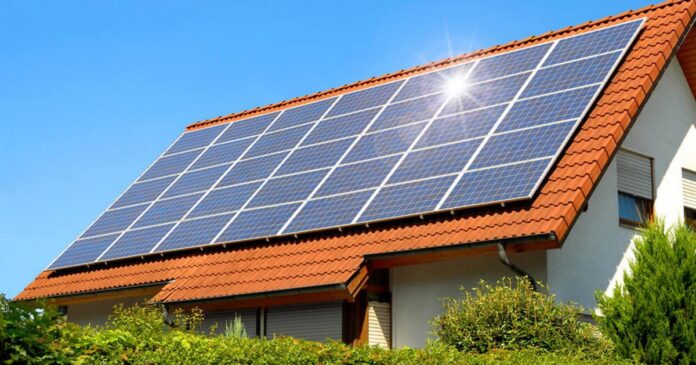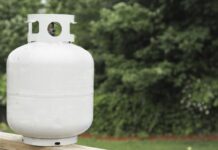In recent years, the increasing gas prices and the threat of climate change have led many people to seek out renewable energy sources. In this sphere, Solar power is one of the most promising renewable energy sources because it is abundant, widely available, and clean. Solar energy comes from the sun, which is a virtually limitless source of power. It is also widely available, as the sun shines on every part of the world. And finally, solar power is clean, meaning that it does not produce greenhouse gasses or other pollutants. Heavy investments in solar power have been made in recent years, and technology is constantly improving, as evidenced by many positive solar powered product reviews. As a result, the cost of solar power is falling rapidly, making it more and more competitive with traditional sources of energy.
How do solar panels work?
To understand how solar panels work, we first need to understand how photovoltaic cells work. A photovoltaic cell is a device that converts sunlight into electricity. The way it does this is actually pretty simple. Photovoltaic cells are made of two layers of semiconductor material, usually silicon. When sunlight hits the cell, it causes electrons to be knocked loose from their atoms. These free electrons flow from the negatively charged layer to the positively charged layer, creating an electric current. This current can then be used to power electrical devices.
Solar panels are made up of many individual photovoltaic cells. The more cells there are, the more power the panel can produce. In a typical solar panel, the cells are arranged in a grid. The negative and positive layers of each cell are connected to wires that run along the sides of the panel. These wires collect the current from all of the cells and send it to an inverter, which converts it into usable AC (alternating current) electricity.
What are the different types of solar panels available?
The two most common types of solar panels are monocrystalline and polycrystalline. Monocrystalline panels are made from a single, large silicon crystal. Polycrystalline panels are made from many smaller silicon crystals.
Monocrystalline panels are generally more efficient than polycrystalline panels, meaning that they can convert more sunlight into electricity. They are also more expensive because they require more processing. However, polycrystalline panels have improved in recent years and now offer nearly the same efficiency as monocrystalline panels.
There are also thin-film solar panels, which are made from a thin layer of semiconductor material deposited on a substrate. Thin-film solar cells are less efficient than crystalline solar cells, but they are cheaper to manufacture. The most common type of thin-film solar cell is made from cadmium telluride (CdTe).
How much power do solar panels produce?
The amount of power that a solar panel can produce depends on several factors, including the size of the panel, the efficiency of the cells, and the amount of sunlight that hits the panel.
A typical monocrystalline solar panel has an efficiency of around 15-20%. This means that it can convert 15-20% of the sunlight that hits it into electricity. A typical polycrystalline solar panel has an efficiency of around 12-16%.
The average household consumes about 30 kWh of electricity per day. This means that a single solar panel can generate enough electricity to power a household for 1-2 days. But remember, solar panels only produce electricity when the sun is shining. So if you want your solar panels to power your home for an entire day, you would need a battery to store the electricity for use at night.
Can you connect your solar panel to the grid?
Yes, you can connect your solar panel to the grid. This is called grid-tied solar. With grid-tied solar, you can sell the excess electricity that your solar panels produce back to the utility company. This is called net metering, and it can help offset the cost of your electric bill.
How do I choose the right solar panel for my needs?
When choosing a solar panel, the most important factor to consider is how much power you need. This will depend on your specific situation. For example, if you are looking to power a small cabin in the woods, you will need a very different solar panel than if you are looking to power a large home with all the modern conveniences.
The size of the solar panel is also an important consideration. Solar panels come in a variety of sizes, from tiny panels that can fit in your pocket to massive panels that are several feet across. The size of the panel you need will depend on the amount of power you want to generate and the space you have to work with.
Finally, you will need to consider the cost of the solar panel. Solar panels can range in price from a few hundred dollars to several thousand dollars. The most important thing is to find a panel that fits your budget and meets your power needs.










